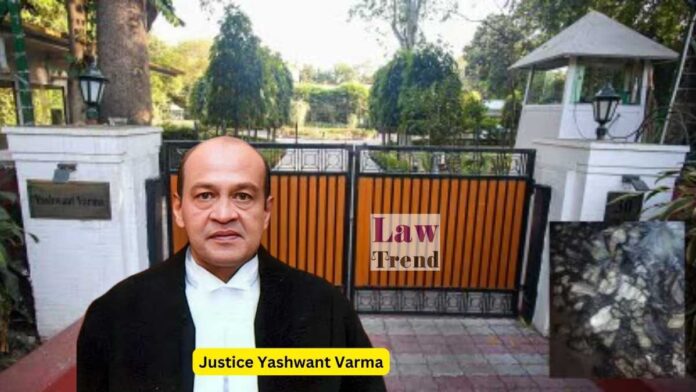The Union government has begun reaching out to major political parties to build consensus for initiating a formal removal motion against Delhi High Court judge Justice Yashwant Varma, senior officials confirmed. The move follows an in-house inquiry report that reportedly indicts Justice Varma over allegations concerning the recovery of unaccounted cash from his residence.
The incident dates back to March 14, when a fire broke out at the judge’s Delhi home. Firefighters responding to the emergency allegedly discovered a large sum of unaccounted cash, prompting immediate scrutiny. In response, the Supreme Court instituted an in-house committee on March 25 to examine the matter.
The three-member committee comprised Chief Justice Sheel Nagu of the Punjab and Haryana High Court, Chief Justice GS Sandhawalia of the Himachal Pradesh High Court, and Justice Anu Sivaraman of the Karnataka High Court. The panel submitted its findings to Chief Justice of India Sanjiv Khanna on May 4.
According to reports, the panel’s findings were “damning” and recommended that Justice Varma be given the opportunity to resign. If he refuses to step down voluntarily, the report is expected to be forwarded to the President of India, thereby triggering the formal judicial removal process.
Senior government officials said that the process of collecting signatures from Members of Parliament to move the motion in either House of Parliament is likely to commence next week. The government is following the prescribed constitutional mechanism under Article 217, read with Article 124(4) of the Constitution, which outlines the procedure for the removal of High Court judges.
While popularly referred to as “impeachment,” the Constitution uses that term specifically for the President. The removal of judges, however, follows a similar process and is among the most serious actions under India’s constitutional framework for ensuring judicial accountability.
Once the requisite number of MP signatures is secured, a formal committee will be constituted to evaluate the charges further, paving the way for debate and voting in Parliament.
This development marks one of the rarest and gravest proceedings in the Indian judiciary, underscoring the gravity of the allegations and the government’s resolve to address them through constitutional channels.




